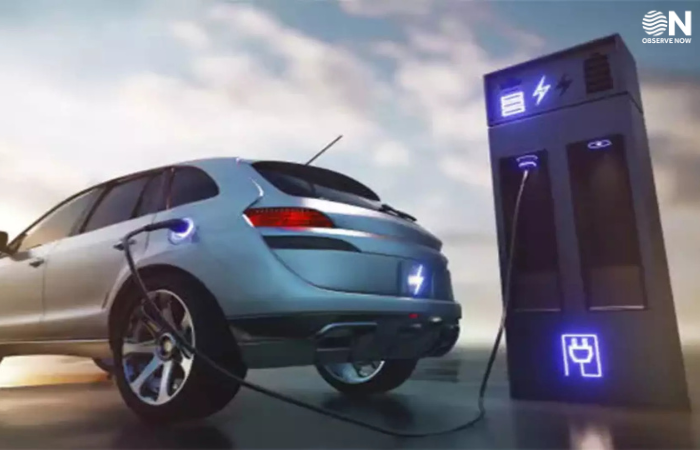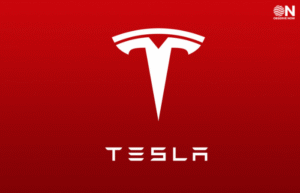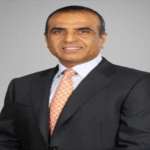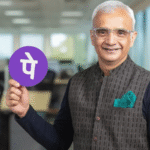India’s EV Ecosystem: A Workforce Transformation Story

An often-overlooked challenge in the electric vehicle (EV) transition is transforming a workforce deeply rooted in combustion engine expertise into digital-age technicians who can diagnose high-voltage electrical systems with sophisticated electronics, complex motors, and constantly evolving battery systems.
With the India Energy Storage Alliance forecasting the creation of 10 million direct jobs and 50 million indirect jobs by 2030, the urgency of this transition becomes stark. At the heart of this transformation lies a fundamental shift in how vehicles are maintained and diagnosed.
Evolution of Automotive Expertise: The Mechanic to the Analyst
Traditionally, ‘mechanics’ were so-called because their expertise lay largely in diagnosing mechanical systems. They relied less on data (since the vehicles generated limited useable data) and more on sensory skills like listening to engine sounds, observing tailpipe emissions, and detecting oil smells. Today’s EV vehicles are extremely different with companies pioneering a radically different data-first approach, with extensive IoT sensors, complex diagnostic equipment, and extensive data analytics replacing the wrench as the primary diagnostic tool.
This technological leap demands an entirely new skill set. Maintenance personnel must now navigate complex data dashboards with a similar fluency they once used to understand mechanical systems. Beyond basic repairs, predictive maintenance, real-time monitoring systems, and advanced battery health analytics are the hard skills required in EV management operations, given the pre-emptive features of EV maintenance. For thousands of commercial riders and drivers in India, this technology provides unmatched reliability and performance insights that analyze performance patterns before issues emerge.
Reimagining Technical Education for the EV Era
Given this fundamental change in vehicle design and hence maintenance, it will require a pioneering approach to technical re-education and skill re-development. Essentially, the next generation of the workforce will require new skills and expertise across 3 distinct technical domains: comprehensive data-led vehicle assessment and preventive maintenance, advanced battery diagnostics, and electronics and electrical refurbishment including motors, while of course integrating all these with the traditional mechanical engineering capabilities that were the foundation of ICE.
In practice, if there were to be a carefully structured curriculum, it would begin with the fundamentals of EV architecture before advancing to specialized skills like battery and motor system optimization. These skills would then be put to the test in real-world scenarios, where technicians conduct detailed state-of-health assessments on used EV vehicles, perform systematic debugging of power electronics, and execute complete vehicle rebuilds following industry-standard protocols.
While some EV transition-facilitating companies have generated early success with such a training model, demonstrating that while the gap between traditional automotive skills and EV expertise is significant, it can be bridged through structured, hands-on training programs that combine technical depth with practical application, the broader ecosystem still has a long way to go to enable this skill transition.
Government Impetus in EV Job Creation
At the heart of any economic revolution are people and talent. Given India’s climate ambition, the electric vehicle workforce is a vital economic necessity as well as a critical vanguard in the nation’s transition to net-zero emissions by 2070. This transformation will be more than an industrial pivot. India’s electric vehicle ecosystem has the potential to emerge as a formidable engine of job creation however this will require a deep private and public partnership.
As per the data, approved EV manufacturers have invested Rs. 17,896 crores and reported incremental sales of Rs. 3,370 crores. Simultaneously, the government has also corroborated their inclination to enable this transition by allocating 30 GWh of battery storage capacity in its first bidding round and earmarking ₹18,100 crore for the National Programme on Advanced Chemistry Cell. While these are significant investments and will help accelerate India’s transition, there is still significant discussion and planning that needs to be done around creating a sophisticated, high-skill ecosystem that positions India as a global leader in sustainable mobility infrastructure. The next 2 years will be more critical than ever if we are to realise this ambition.
Author: Kunal Mundra, CEO and Co-Founder, Electrifi Mobility
















